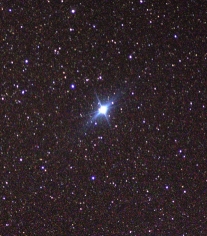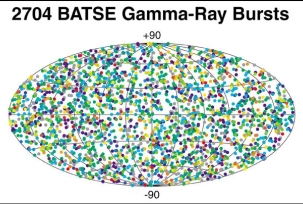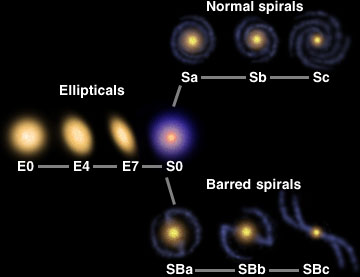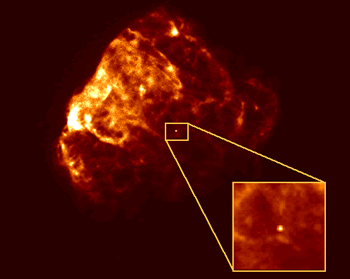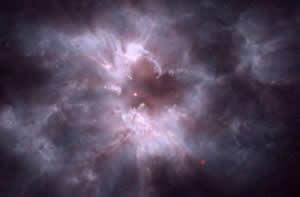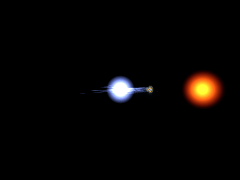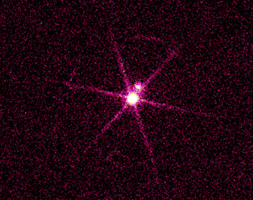Canopus, the second-brightest star in the sky, as viewed from the International Space Station.
Click on image for full size
NASA / JSC / D.Pettit
Click on image for full size
NASA / JSC / D.Pettit
Related links:
Canopus
| What's in a Name: | The name of the pilot of Menelaus' fleet. |
| Claim to Fame: | Second brightest star in the night sky behind Sirius. |
| Type of Star: | Yellow-white Supergiant |
| How Far Away: | 1,200 light years away |
| How Bright: | About 100,000 times brighter than the Sun! |
| Where to View: | In the constellation Carina the Keel |
| When to View: | All year round in the Southern Hemisphere |
Last modified April 28, 2005 by Travis Metcalfe.


